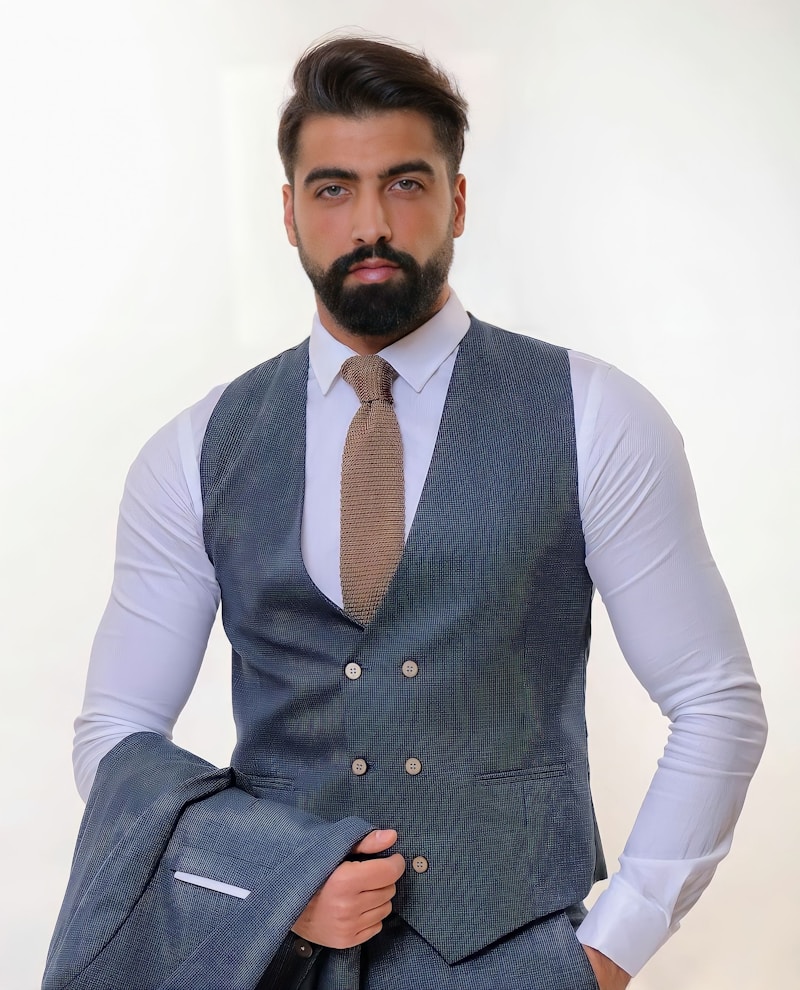Mastering Tailoring Tips for the Perfect Fit
Mastering Tailoring Tips for the Perfect Fit
When it comes to achieving the ideal garment fit, understanding tailoring techniques is essential. Whether you are a seasoned fashion enthusiast or someone looking to improve their wardrobe, mastering the essential tailoring tips for the perfect fit can elevate your clothing and boost your confidence. In this article, we explore various strategies, tools, and insights to help you tailor your garments like a pro.
Understanding the Importance of Fit
Fit plays a crucial role in how a garment looks and feels. A well-fitted outfit can enhance your silhouette, provide comfort, and reflect your personal style. Many individuals overlook this critical aspect and end up wearing clothes that do not flatter their body shape. Here are some reasons why fit matters:
- Enhances appearance: A tailored piece gives a polished look.
- Increases comfort: Well-fitted clothes allow for better movement.
- Saves money: Investing in tailoring can extend the life of your wardrobe.
Common Measurements for Tailoring
Before diving into specific tailoring tips, it is essential to know the key measurements that determine fit. Here is a table summarizing the vital measurements you need:
| Measurement | Description |
| Chest | Measure around the fullest part of your chest. |
| Waist | Measure around the narrowest part of your waistline. |
| Hips | Measure around the widest part of your hips. |
| Inseam | Measure from the crotch to the bottom of the ankle. |
| Shoulder width | Measure from shoulder seam to shoulder seam. |
Tailoring Tips for Different Garments
1. Suits
The suit is a staple in both men's and women's wardrobes. Crafting a perfect fit involves:
- Jacket length: Ensure the jacket covers the seat and the sleeves end where the wrist meets the hand.
- Pant break: Aim for a slight break in the trousers, which means the fabric slightly rests on the shoe tops.
2. Dresses
A dress should accentuate your figure while providing comfort. Keep these tips in mind:
- Waist definition: A well-fitted dress should cinch at the waist for an hourglass effect.
- Length: For casual wear, dresses should ideally fall just above the knee, while formal dresses may be longer.
3. Shirts
Shirt fitting is crucial for professional or casual attire:
- Collar fit: The collar should not be too tight; you should be able to fit two fingers comfortably.
- Body width: Look for a fit that gives you room around the torso without excessive bagginess.
4. Trousers
The right trousers can dramatically change your look. Here are some guiding tips:
- Waist fit: Ensure that the waistband sits comfortably without gaps or tightness.
- Leg shape: Choose a cut that flatters your leg type (e.g., straight, tapered, or wide-leg).

Essential Tools for Tailoring
Having the right tools makes tailoring much more effective. Here are some must-have items:
- Measuring tape: For accurate body measurements.
- Tailor's chalk: For marking fabric without damage.
- Sewing machine: To stitch alterations efficiently.
- Scissors: Essential for cutting fabric cleanly.
DIY Tailoring: Quick Fixes for the Perfect Fit
Sometimes, all your clothes need is a little alteration to fit impeccably. Here are a few simple DIY tips:
- Taking in sides: Use running stitches to take in the sides of a blouse or dress.
- Shortening hems: Fold the hem inward and secure it with fabric glue for quick adjustments.
- Tacking pants: Use safety pins to create temporary adjustments in pants before final stitching.
Creative Tailoring Suggestions
To further personalize your fit, consider these creative elements:
- Adding darts: Darts can enhance the fit on areas like the bust and waist.
- Cuffs and hems: Experiment with different cuff styles or unfinished hems to create a unique look.
- Fabric choices: Opt for fabrics that stretch slightly for comfort, such as blends that include elastane.
Conclusion: Tailoring Tips to Remember
In conclusion, mastering tailoring tips for the perfect fit is both an art and a science. Remember, the goal is to create a comfortable, flattering silhouette that highlights your unique style. Regularly check your measurements to account for fitting changes over time and do not hesitate to seek professional help for significant adjustments. Whether you're redefining your wardrobe or just refining a few pieces, these tips and techniques can help you achieve stunning results. Always take patience and creativity into your tailoring journey and enjoy the personalized clothing that fits beautifully!
By incorporating these practices and tools into your wardrobe maintenance routine, you will not only save money but also express your individuality through well-fitted fashion. Happy tailoring!
